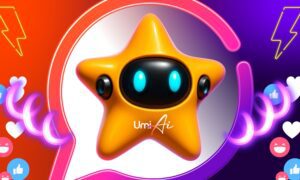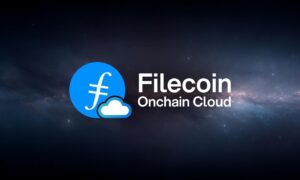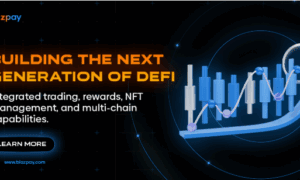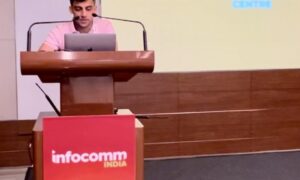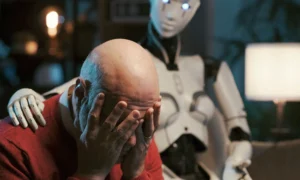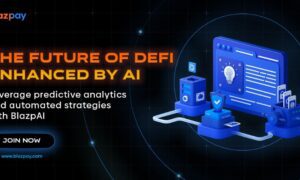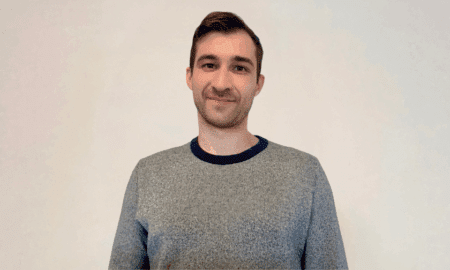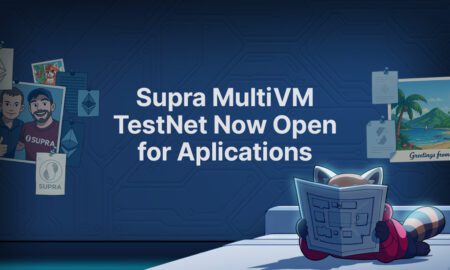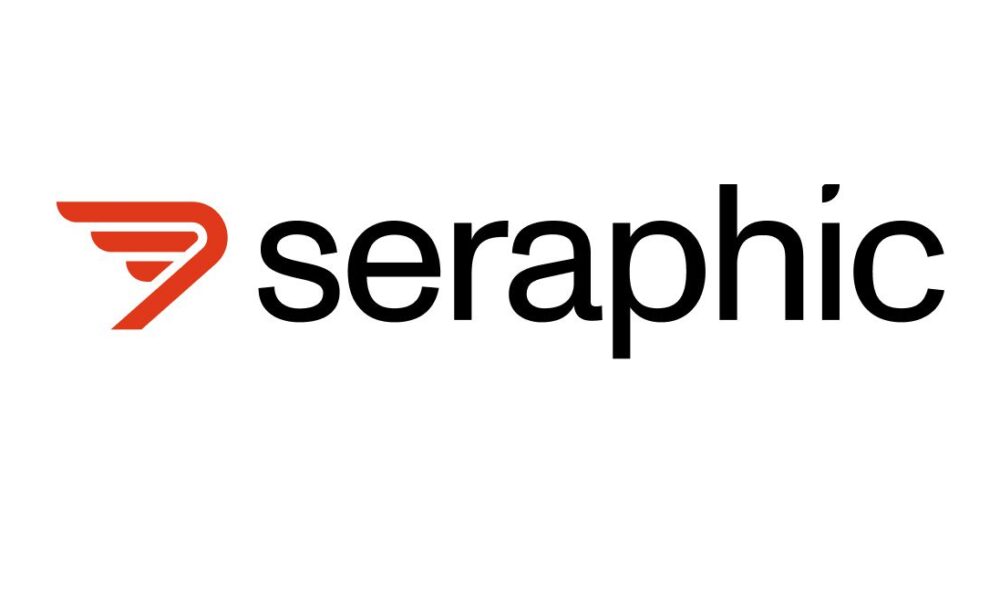Artificial Intelligence (AI) has been making rapid strides in recent years, transforming various sectors with its remarkable capabilities. From autonomous vehicles to virtual assistants, AI has already made its mark. However, one area that continues to fascinate and challenge AI researchers and enthusiasts alike is AI-generated creativity. In this article, we will explore the current state of AI-generated creativity and delve into the developments that are yet to happen.
Introduction
The Current State of AI-Generated Creativity
AI-generated creativity encompasses a wide range of creative tasks, from generating art and music to writing stories and poems. As of my last knowledge update in January 2022, we had already witnessed several exciting developments in this field. Let’s take a closer look at some of these achievements.
Art Generation
AI has shown incredible potential in generating art. Programs like DeepDream and DALL-E have produced stunning visual artwork and illustrations. These AI systems use neural networks to generate images that are often surreal and dreamlike. Artists and designers have started incorporating AI-generated art into their work, creating a fusion of human and machine creativity.
Music Composition
In the realm of music, AI algorithms have been composing pieces that are both impressive and emotive. AI-generated music has even fooled listeners into believing that it was created by human composers. Systems like Aiva and OpenAI’s MuseNet can generate music across various genres, making AI a valuable tool for musicians and composers.
Creative Writing
AI-generated content in the form of articles, short stories, and poems has also made significant progress. Companies like OpenAI have developed models like GPT-3, which can produce coherent and contextually relevant text. These models have been employed for content creation, chatbots, and even assisting writers in generating ideas and text.
Video Game Development
AI is playing a pivotal role in video game development, automating various aspects of game design. Procedural generation techniques are being used to create vast, open-world environments and complex levels. AI can adapt the game difficulty based on a player’s skill level, making the gaming experience more engaging and dynamic.
Film and Animation
AI has entered the realm of film and animation as well. Animators and filmmakers are using AI to generate realistic animations and special effects. Deep learning models can enhance and accelerate the animation process, reducing the time and effort required for producing high-quality animated content.
The Unseen Artists: What Lies Ahead
While the developments mentioned above are impressive, the true potential of AI-generated creativity is yet to be fully realized. Here are some of the possibilities and challenges that lie ahead:
Sentient AI Creativity
The idea of AI systems with the ability to truly understand human emotions and create art that resonates on a deep emotional level is still a distant dream. The development of sentient AI creativity would require not only advancements in machine learning but also a deeper understanding of human psychology and emotions.
Cross-Disciplinary Creativity
AI-generated creativity is currently limited to specific domains, such as art, music, and writing. The next frontier is to create AI systems that can collaborate across these domains to produce multimedia content that combines music, visuals, and storytelling seamlessly. This would open up new possibilities in the entertainment and media industries.
Ethical Concerns
The more AI-generated content becomes integrated into our lives, the more ethical questions will arise. Who owns the rights to AI-generated artwork or music? How do we prevent misuse of AI-generated text for disinformation? Addressing these ethical concerns is a crucial step in the further development of AI-generated creativity.
Creative Augmentation
AI can enhance human creativity by suggesting ideas, providing inspiration, and even collaborating with human creators. In the future, we can expect AI to become an indispensable tool for artists, writers, and musicians, augmenting their creative processes and pushing the boundaries of what’s possible.
Truly Original Content
While AI can generate content that is often indistinguishable from human-created work, it still relies on existing data and patterns. The challenge is to develop AI systems that can produce entirely original and groundbreaking creations that go beyond mere replication of existing styles and ideas.
Conclusion
AI-generated creativity is a burgeoning field with immense potential. The developments we’ve witnessed so far are just the tip of the iceberg. The future holds the promise of AI artists and creators that can collaborate with humans on a level we can’t yet fathom. While challenges and ethical concerns must be addressed, the possibilities are boundless. The unseen artists of AI are poised to redefine the boundaries of human creativity and take us on a journey into uncharted territory where the lines between human and machine creativity blur. As we eagerly await these developments, one thing is certain: AI-generated creativity has the power to inspire, innovate, and surprise us in ways we can’t yet imagine.


